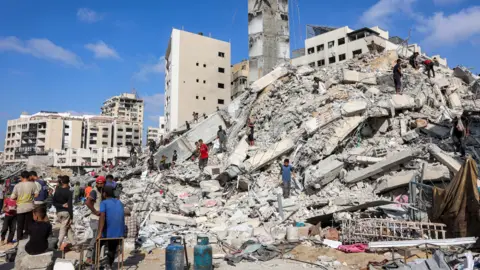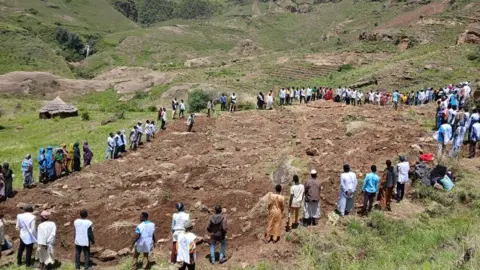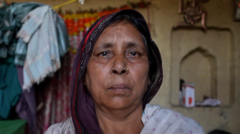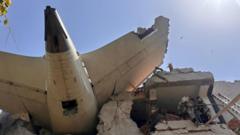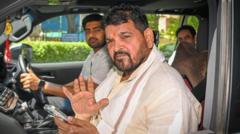Fifteen Hindu pilgrims tragically lost their lives in a stampede at New Delhi’s main railway station on Saturday, as a throng of devotees attempted to board trains heading to the Kumbh Mela, one of the world's largest religious festivals. The caretaker chief minister of Delhi, Atishi, confirmed the fatalities and reported that an additional 15 individuals sustained injuries due to the rush at the station, according to local Indian media sources.
In a statement on social media, Prime Minister Narendra Modi extended his condolences to the victims' families, assuring that the necessary support was being provided to all affected individuals. Ashwini Vaishnaw, the railways minister, announced that an investigation into the incident would be conducted promptly.
Prior to the deadly crush, delayed train schedules had caused an overwhelming increase in crowd density at the railway station in anticipation of pilgrims heading to the Kumbh Mela. The Ministry of Railways later increased train services to manage the influx of travelers.
The Kumbh Mela, which commenced in mid-January and is set to conclude later this month, is projected to attract over 400 million attendees across six weeks, marking it as the largest religious gathering worldwide. This year’s festival is notably significant as it is designated as a Maha Kumbh, coinciding with a rare celestial alignment that occurs only once every 144 years.
Each three years, the Kumbh Mela unfolds in one of four Indian cities. The current event is taking place in Prayagraj, Uttar Pradesh, where the sacred rivers Ganges and Yamuna meet, alongside the mythological river Saraswati, believed by Hindus to create a holy confluence. Many devotees partake in ceremonial bathing, seeking spiritual purification and freedom from sins.
Managing the vast crowds is a persistent challenge for Indian authorities. Last month, a stampede at a similar event resulted in the loss of 30 lives, and in 2013, a tragic incident during the festival in Prayagraj claimed 42 victims at a railway station. Furthermore, an incident in Nasik ten years prior resulted in 39 fatalities due to overcrowding, and in 1954, the first Kumbh Mela since India gained independence saw hundreds of pilgrims die in a stampede.










